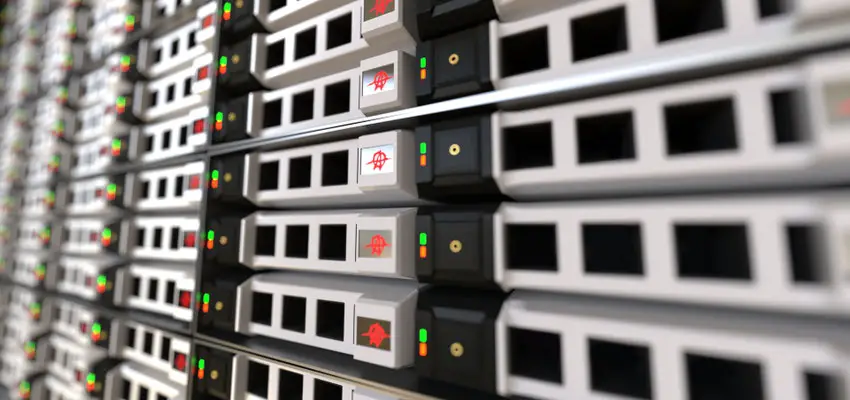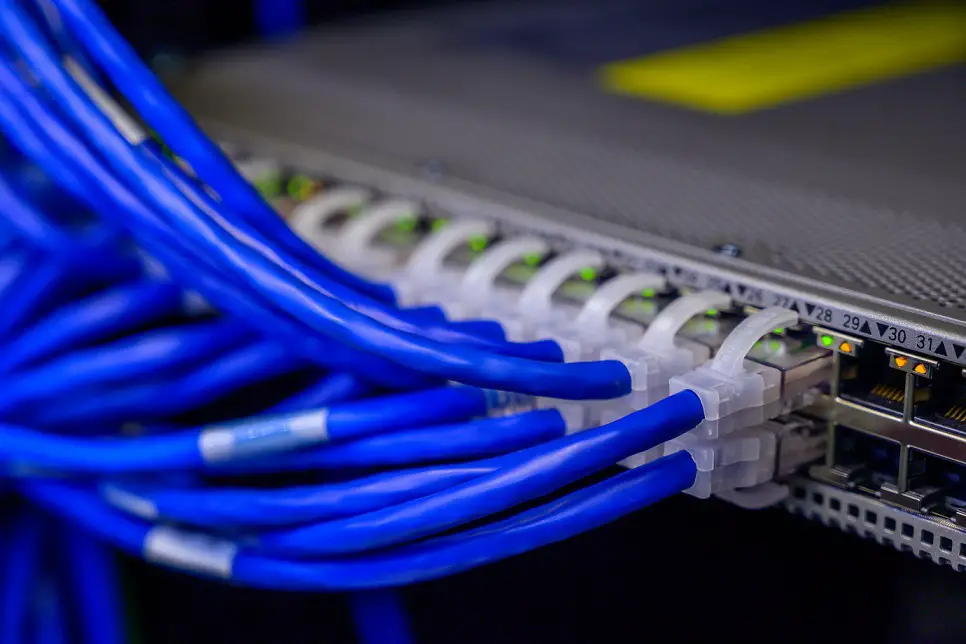
TCP/IP in Networking Explained.
Posted March 4, 2020, 7:45 a.m. by Emil S.A protocol is essentially an agreed-upon set of rules and procedures. Two computers or devices in a network follow the same protocols to be able to exchange data and communicate with each other. Transmission Control Protocol and Internet Protocol are two different computer network protocols. They are used together as TCP/IP which has become a standard terminology that refers to the entire suite of protocols.
In this post, we take a closer look at what these protocols are and their primary functionality. Read on to learn more.
What is TCP/IP?
The Transmission Control Protocol (TCP)/Internet Protocol (IP) is a set of communication
protocols that facilitate the connection of devices on the web. TCP/IP can also be used as
a communication protocol in private networks like intranet or extranet. This entire suite of internet
protocols is known as TCP/IP through other protocols are included in the suite.
TCP/IP governs the way data is transmitted between devices on the internet by facilitating end-to-
end exchange. It determines how the information should be divided into smaller packets. It also
takes care of addressing and transmission from the source end and routing and reception at the
destination. TCP/IP intends to add reliability to networks by offering them the ability to
automatically recover in case of any device failure on the network.
TCP and IP are the two primary protocols in the network protocol suite and their serve different
functions. Transmission Control Protocol defines the way applications create communication
channels across the network. It manages the way a message is divided into small packets before
being transmitted across the internet and put together again at the destination in the correct order.
IP defines the way each packet is addressed and routed to ensure it reaches the right destination.
The gateway computers on the network check this information to determine where the packet is to be forwarded.
How TCP/IP Works?

The TCP/IP suite together uses a client/server communication model where a machine or computer is served by another computer in the network. The protocol suite is said to be stateless meaning that each client is considered to be new as it is not related to former requests. This ensures that network paths are always free to be used continuously.
The TCP/IP protocol suite is responsible for ensuring the reliable transmission of data packets across the connected networks. TCP checks the packets for errors and submits re-transmission requests if any errors are found. IP tells the packets where to go and how to get there.
TCP/IP Layers
The functionality of TCP/IP is divided into four different layers, each featuring its own set of
protocols:
- Datalink Layer - Includes protocols and methods which operate on a link. This is essentially the network component that connects the nodes in the network. ARP (Address Resolution Protocol) and Ethernet are the protocols in this layer.
- Internet Layer - Connects individual networks to transmit the data packets across boundaries. IP and ICMP (Internet Control Message Protocol) are the protocols active in this layer.
- Transport Layer - Takes care of communication between hosts and controls the multiplexing, reliability and flow control. TCP and UDP (User Datagram Protocol) are the protocols in this layer.
- Application Layer - Takes care of application network processes. Protocols include FTP, SMTP, HTTP, SNMP, POP3.
The Most Common TCP/IP Protocols
Apart from the TCP and IP, the TCP/IP protocol suite consists of mainly:
- HTTP – This protocol is used between a server and client to facilitate data transmissions. A client on the internet sends a request to a webserver to view a webpage. The server receives the requests and sends the information back to the client.
- HTTPS – Again used between a client and a server, this protocol facilitates secure data transmissions. This functionality is often used to send private or financial data like credit card information from a client to the server.
- FTP – This protocol is used for data exchange between two or more systems. It facilitates the exchange of data or files from one computer to the other direction.
Benefits of TCP/IP
Being non-proprietary, TCP/IP is not regulated by one company. This is why this internet protocol
suite can be easily altered to suit the requirements. It is compatible with all the operating systems
and can allow communication between different operating systems. The TCP/IP protocol suite also supports all the types of networks and hardware.
